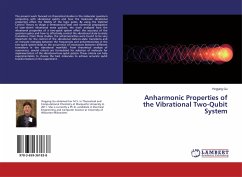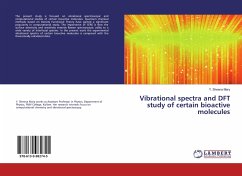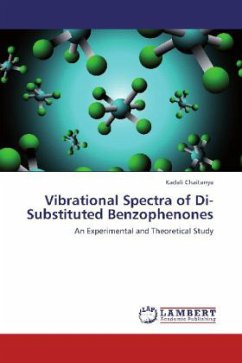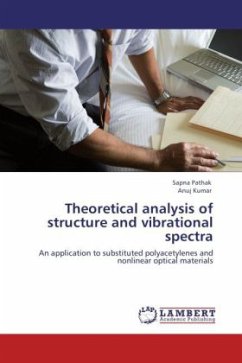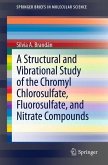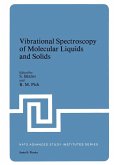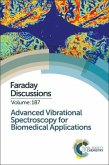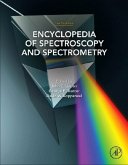The present work focused on theoretical studies in the molecular quantum computing with vibrational qubits and how the molecular vibrational properties affect the fidelity of the logic gates. By using the Optimal Control Theory to shape a femtosecond laser and numerical propagation of laser-driven vibrational wave packets, the work analyzed how the vibrational properties of a two-qubit system affect the accuracy of the quantum gates and how to effectively control the vibrational state-to-state transitions. From these studies, the anharmonicities were found to be very important for the control of the vibrational state-to-state transitions and an intricate interplay between the frequencies and anharmonicities in the two-qubit system leads to the occurrence of resonances between different transitions in the vibrational manifold. From theoretical analysis of resonances, several criteria are formulated for selection of molecule for implementation of the vibrational two-qubit system. These criteria can help experimentalists to choose the best molecules to achieve accurate qubit transformations in the experiment.
Bitte wählen Sie Ihr Anliegen aus.
Rechnungen
Retourenschein anfordern
Bestellstatus
Storno

